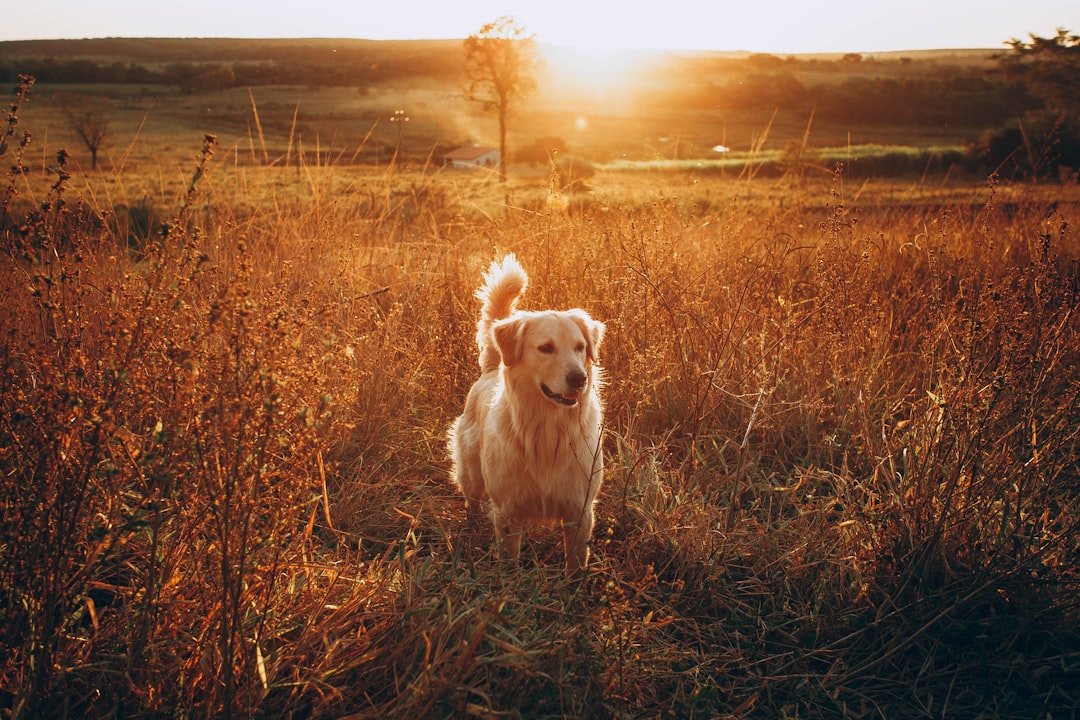Uncovering the Legacy: The Fascinating History and Origins of Golden Retrievers
Explore the fascinating history and origins of Golden Retrievers, tracing back to Lord Tweedmouths pivotal role in their development and the recent discoveries of a breed similar to Golden Retrievers before his involvement.
The Origins of Golden Retrievers
The history of golden retrievers and their origins can be traced back to the late 1800s at Guisachan House, where the influential figure of Lord Tweedmouth played a pivotal role in their development. Lord Tweedmouth is credited with the deliberate and selective breeding of specific dogs to create the golden retriever breed, a process that began in 1868. This deliberate breeding was aimed at developing a dog that was well-suited for the Scottish climate and terrain, excelling in game retrieving, and possessing the physical and mental traits necessary for the task.
The golden retriever’s origins are also shrouded in theories, with two significant ones gaining attention over the years. The first theory suggests that the breed descended from Russian circus dogs, while the second theory proposes that the lineage began with a yellow dog purchased from a cobbler in Brighton. However, recent pictorial evidence has emerged that suggests the existence of a breed similar to golden retrievers before Lord Tweedmouth’s involvement, shedding new light on the breed’s early history. This evidence indicates that the breed may have had a pre-existing presence before the specific breeding efforts initiated by Lord Tweedmouth. Such revelations prompt a re-examination of the breed’s origins, indicating a more intricate and layered history than previously thought.
Development Through Selective Breeding
The development of the golden retriever breed through selective breeding is a fascinating and integral part of their history. Lord Tweedmouth played a pivotal role in this process by carefully selecting and mating specific dogs to create the ideal characteristics of the breed. For example, he mated a yellow Wavy-Coated retriever with a Tweed Water spaniel in 1868, which marked the beginning of the breed’s origin and development.
This deliberate and strategic breeding process was aimed at ensuring that the golden retriever possessed not only the physical attributes necessary for hunting and retrieving game in the Scottish climate and terrain but also the desired temperament and intelligence. The meticulous selection of the breeding stock laid the foundation for the breed’s distinctive qualities, including their friendly disposition, intelligence, and loyalty, which are highly valued by dog enthusiasts and owners.
These early breeding efforts eventually led to the golden retriever’s debut at dog shows around 1906, where they captured attention with their remarkable appearance and abilities. Subsequently, their official recognition by kennel clubs in the early 1900s solidified their status as a distinct and recognized breed, setting the stage for their enduring popularity and widespread appeal.
The Influence of Marjoribanks and Guisachan
Dudley Marjoribanks, also known as Lord Tweedmouth, played a pivotal role in the development of the golden retriever breed. His passion for breeding and dedication to refining the breed’s characteristics laid the foundation for the golden retriever’s distinctive traits and temperament. Marjoribanks implemented a strategic breeding program on his estate at Guisachan, focusing on producing dogs that excelled in retrieving game in the Scottish climate and terrain.
Guisachan House, the ancestral home of Marjoribanks, served as the hub for the breed’s early development. The sprawling estate provided an ideal setting for breeding and training the dogs, with its picturesque landscapes and diverse natural surroundings. The estate’s historical significance in the breed’s journey is undeniable, as it served as the birthplace of many original golden retrievers. Despite the passage of time and the estate’s eventual decline, preservation efforts have been underway to honor its crucial role in the breed’s history and to pay homage to the vision of Lord Tweedmouth.
In addition to his efforts at Guisachan, Marjoribanks’ influence extended to the breed’s recognition and growth in popularity. His dedication to refining the golden retriever’s traits and abilities as a hunting companion resonates to this day, as the breed continues to be cherished for its loyalty, intelligence, and versatility. The enduring impact of Marjoribanks and the estate of Guisachan underscores the rich heritage and legacy of the golden retriever breed, shaping its evolution and contributing to its global appeal.
Characteristics and Versatility
Golden Retrievers are known for their friendly and intelligent nature, making them suitable for various activities and endeavors. Their physical traits, including a dense water-repellent coat and a sturdy build, enable them to excel in hunting and retrieving game, which has been a significant part of the breed’s history since its development at Guisachan House in the late 1800s. Additionally, their mental traits such as loyalty, trainability, and a gentle temperament make them ideal for modern activities such as obedience, tracking, and assistance work. For instance, their obedience and eagerness to please their owners have made them a popular choice for therapy and service dog work, providing support and comfort to individuals in need.
Moreover, the breed’s adaptability and intelligence have made them suitable for a wide range of activities. Golden retrievers are often used in search and rescue operations due to their keen sense of smell and ability to work tirelessly in challenging terrains. Their versatility is also evident in their success in dog sports such as agility, flyball, and dock diving, showcasing their agility, athleticism, and enthusiasm for physical activities. This versatility has made them a popular choice for families, as they can easily transition from being a dedicated working dog to a loving and affectionate companion, deeply enriching the lives of their owners in various ways.
The Continued Popularity and Recognition
The continued popularity of golden retrievers is a testament to the breed’s enduring appeal and significance in the realm of dog breeds. Despite the passage of time, the golden retriever has maintained its position as the third most popular dog breed in the United States, showcasing the unwavering admiration and preference for these canines.
The widespread recognition and admiration for golden retrievers can be attributed to their exceptional qualities and versatility. These dogs are not only valued as hunting companions, but they also excel in various modern activities such as obedience, tracking, and assistance work. For example, their friendly and gentle temperament, coupled with a high level of intelligence, make them ideal candidates for therapy and assistance dog roles, contributing to their widespread appeal and recognition. This versatility and adaptability have further solidified the breed’s popularity and relevance in contemporary society, transcending their historical origins to become beloved companions for numerous individuals and families across the globe.



